It’s time for children’s TV to live up to its potential
Children’s shows have the opportunity to teach empathy and soft skills
In a world where devices are necessary for everyday life, it’s almost impossible for a child to grow up without television. With so much exposure, television offers a great way for kids to learn, not just facts about science or geography, but also skills such as empathy and critical thinking. Studies have shown that TV can help kids develop analytical skills, show them good role models, represent gender and diversity and keep them entertained.
And yet so many shows, especially for elementary school/middle school ages, don’t even try to tap into that potential. When I was a kid, I remember watching plenty of shows that were fun, but not many that had much substance. Not many, except for “Avatar: The Last Airbender.” If you haven’t heard of or seen “Avatar,” it’s a show that follows Aang — a boy with the power to control water, fire, air and earth — and his friends as they try to stop a nation from taking over the entire world. It’s a show filled with magic and adventure, fights and comedy, and incredibly vivid characters. “Avatar” has so many elements that can teach kids so much, from learning about other cultures to developing strong values, and I believe that if more children’s shows followed its example, it would help create generations of kids with well-developed critical thinking and empathy.
Like I mentioned before, TV can help kids develop their analytical skills by presenting them with complex issues that have more than one solution. More than following a formulaic plot structure, where a simple problem is solved by a repetitive solution, shows can introduce more complicated topics and ethical dilemmas in a way that’s easy for kids to understand. For example, in “Avatar,” the main character Aang has to decide whether to stick to his cultural values or conform to other people’s in order to save the world. You get to see him figure out how to not go back on the promises he’s made or the ties he has to his culture while still finding a solution on how to stop the bad guy. Kids can see someone working on these big problems and then begin to learn how to work through problems themselves, such as how to deal with difficult friends or family situations.
Kids are at an age where they are impressionable to outside influence, and they need good role models that they can relate to and learn values from, and TV is a perfect way to introduce these role models. If kids see people their age being good people and good friends, learning and growing, they start to believe they can too. They can also see characters in bad situations who learn how to take care of themselves and leave those bad situations, giving them hope that things can get better. One “Avatar” character, Zuko, has so much growth and development throughout the show that can speak to so many kids. He doesn’t start out as the best person, but he shows that people can change and that they can make up for the harm they’ve done by putting in the work. Zuko is constantly mistreated by his father, but he shows that you can leave that situation and make your own family and learn to value yourself.
In many TV shows, especially from when I was young, most of the kids were white, and if they weren’t, they fit very heavily into stereotypes. However, with the prevalence of TV, it becomes a great platform for these kids to see themselves on screen and feel valued and represented, as well as allowing other kids to see different people and cultures and become accustomed to interacting with people outside of their niche. I remember watching “Avatar: The Last Airbender” for the first time and feeling so comforted seeing parts of my religion and culture displayed on the screen. The idea of reincarnation, meditation and even some of the language used was drawn from Hinduism and Sanskrit languages that I had never seen on TV before. It made me feel seen and represented, and it made me feel safe from much of the traditional “Indian kid” stereotypes that I mostly saw on TV (Baljeet from “Phineas and Ferb,” or Ravi from “Jessie”). My culture was treated with respect and it was portrayed with stunning animation and characters who embraced it and that meant the world to me.
“Avatar” also introduced me to Indigenous cultures, as one of the groups in the show is based on the Inuit people, as well as other East Asian traditions and languages. It normalizes different traditions and customs that most Western TV shows don’t even attempt to cover, making it a perfect way for kids to develop an understanding of cultures they might not otherwise learn about.
Of course, a good show also has to keep up with the attention span of these kids. It doesn’t work if a show is jam-packed with lessons and worldbuilding but is so boring or mundane that a child doesn’t even want to watch it. Again, “Avatar” is a perfect example in this department. Along with the character development and character, growth is a world of humor and adventure that had elementary school me on the edge of my seat. There are dragons. There are sword fights. There are funny episodes and characters that would definitely appeal to a ten-year-old’s sense of humor. It keeps you laughing, keeps you engaged, allowing kids to actually watch the show and pick up on all those other values too.
TV, especially animation, is such a good medium to introduce kids to soft skills that they might not have the chance to develop in rigid school settings. “Avatar: The Last Airbender” definitely helped me learn to value myself and form good friendships. If more TV shows followed that example, maybe more kids would grow up with the empathy and confidence that can be so hard to find later in life.

My name is Ashwini Vivek (she/her) and I am an Opinion Writer for the Trinitonian! I am a senior Neuroscience major from Dallas, and I'm also involved...

I'm a senior Computer Science major and a Classical Studies minor from Newton, North Carolina with a passion for art. I also work at the Center for Experiential...

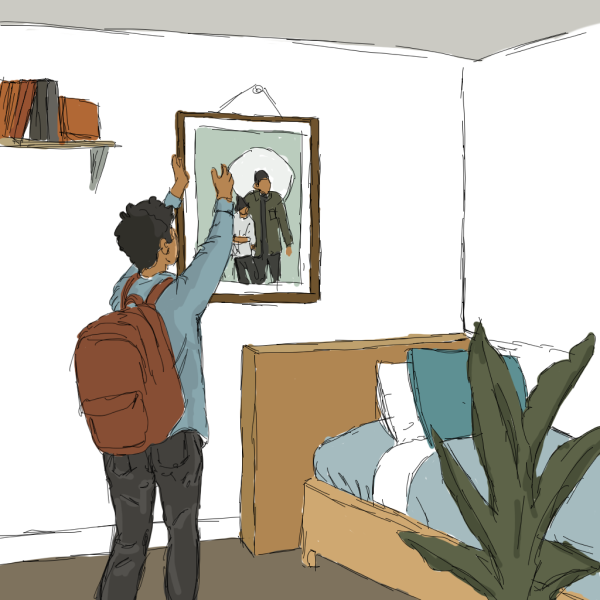
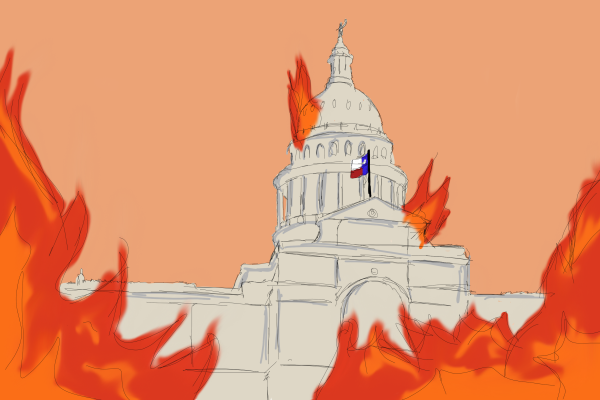
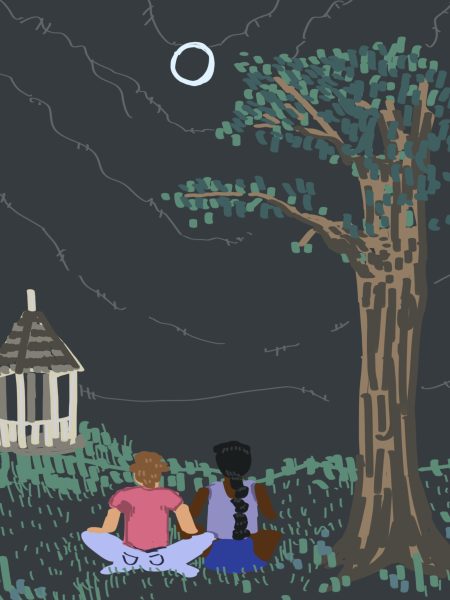
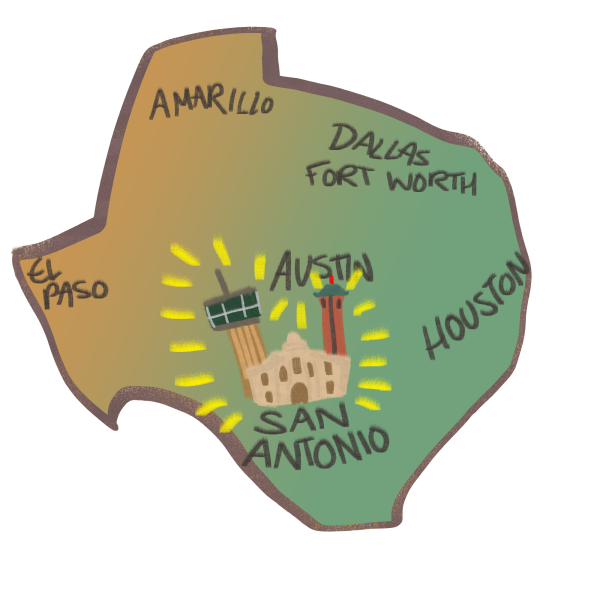
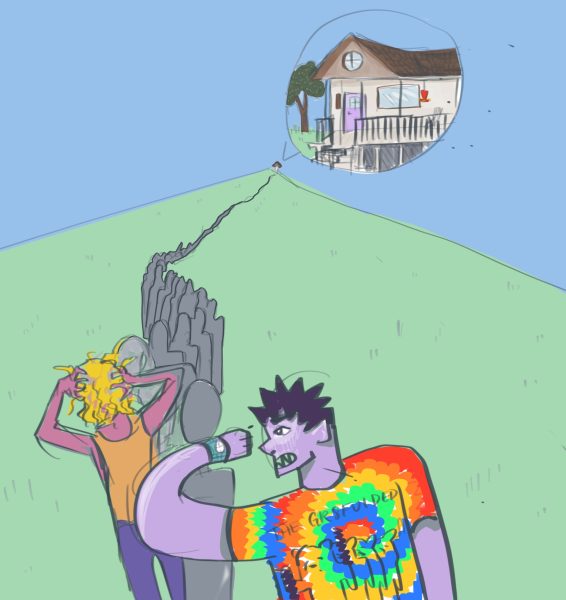
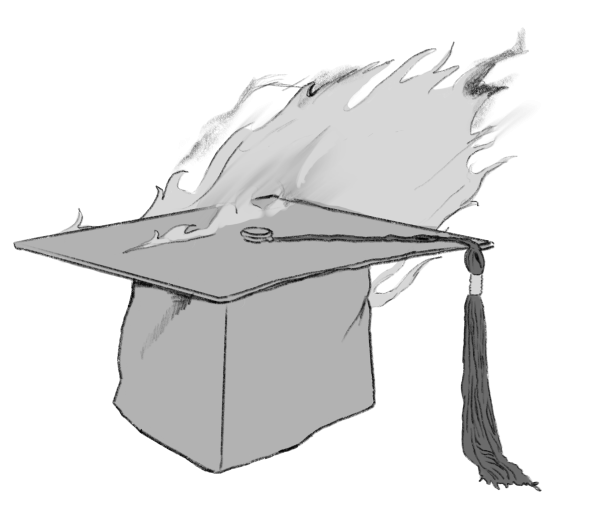


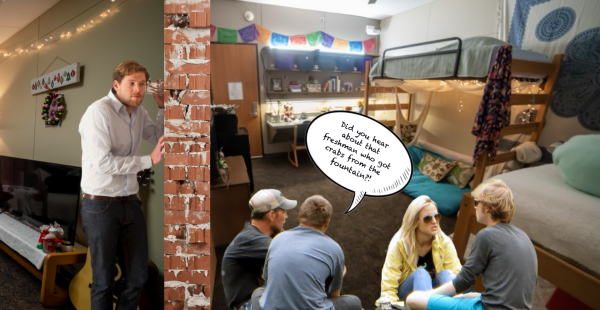
shreya • Nov 5, 2021 at 12:22 pm
This is a very well written column on why TV shows should diversify their content. Avatar was a really good show, we need more like it.